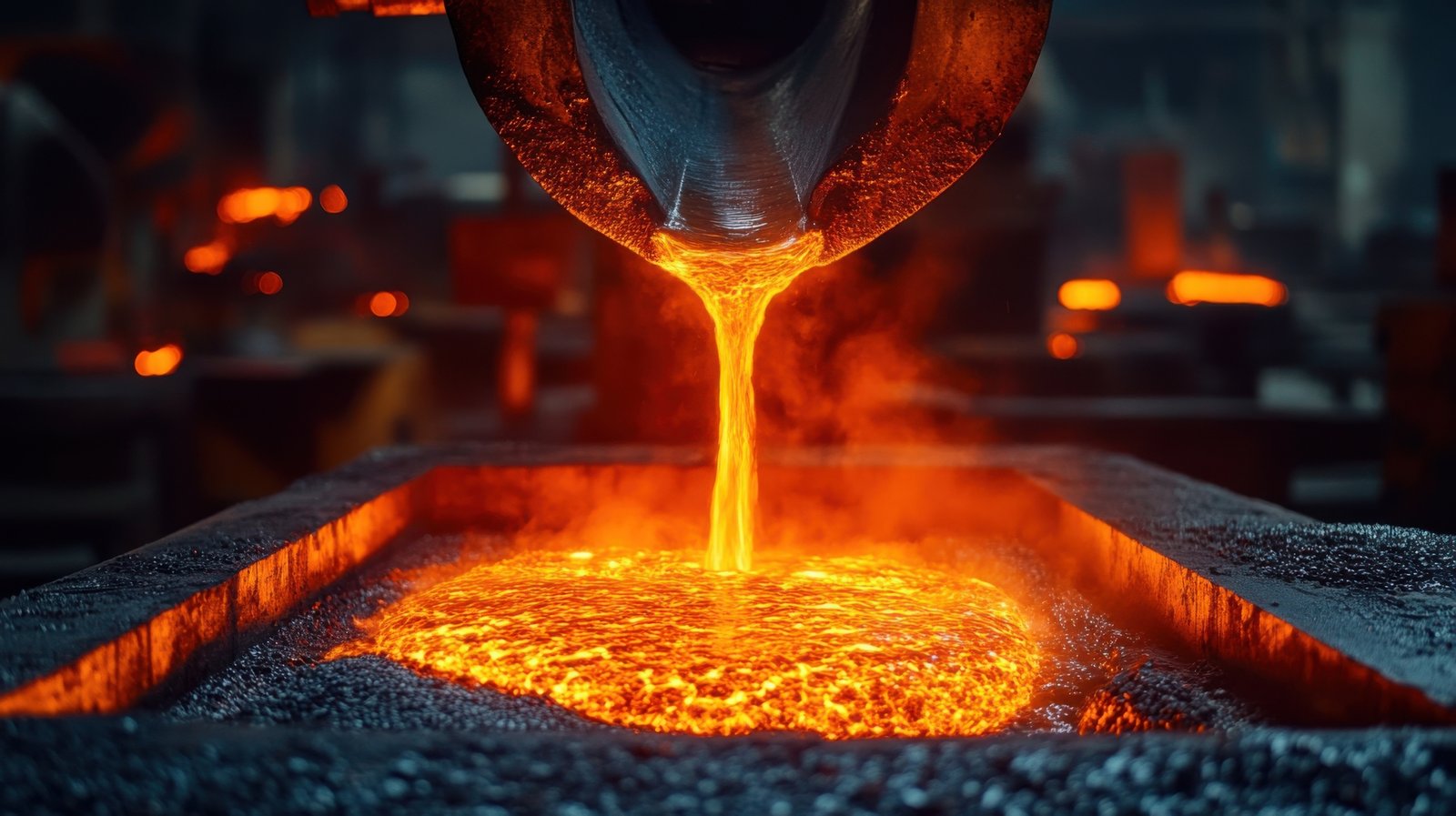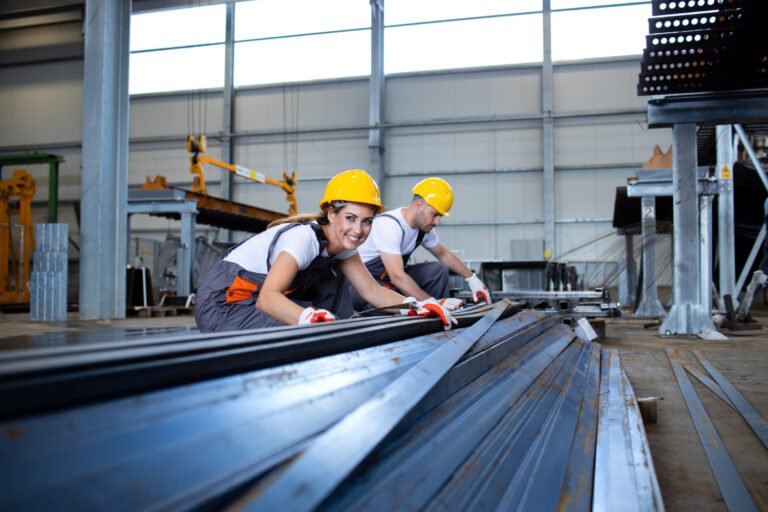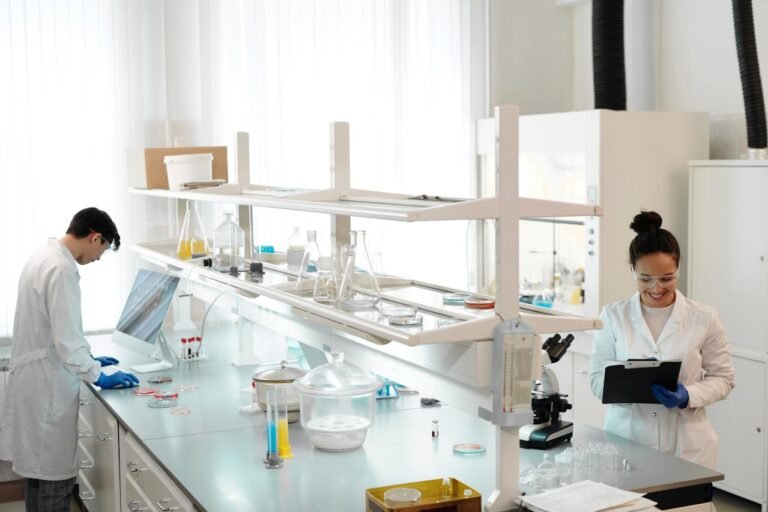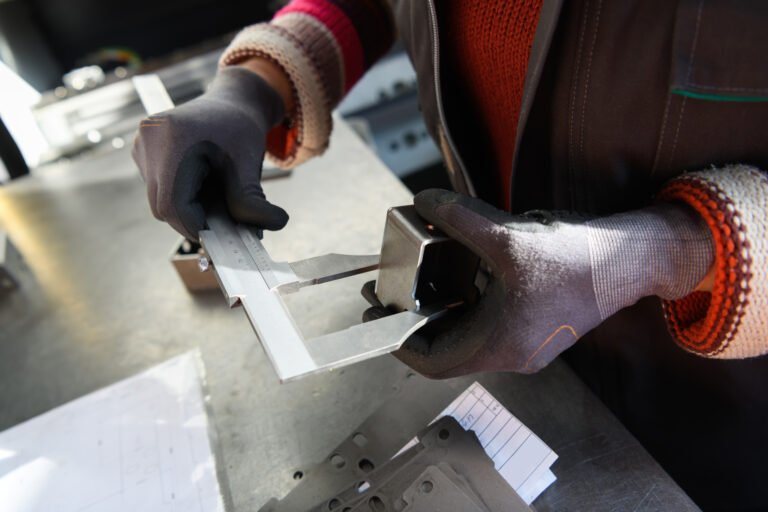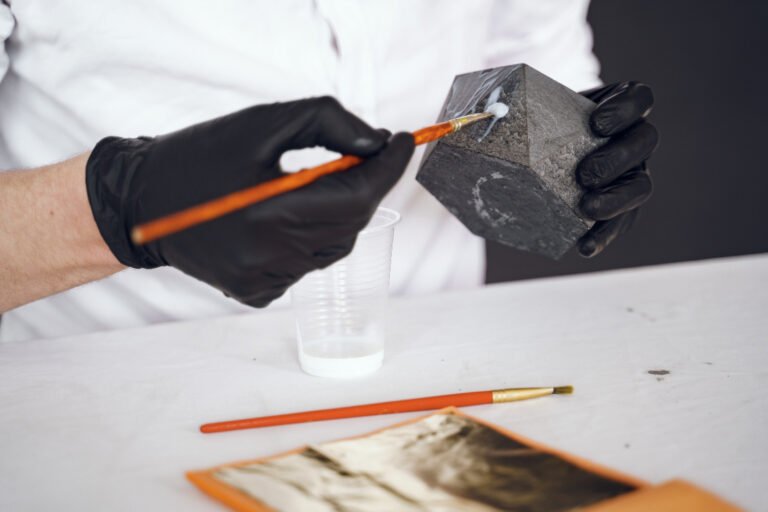Heat Treatment: Exploring Metallurgical Transformations
It’s not enough to just heat and cool metal during heat treatment. Using scientific principles to carefully control a process, the internal structure of metals is changed, which in turn changes their physical and mechanical features. Metallurgical transformations, which happen when temperature changes the microstructure of a metal, allow this adjustment to happen.
Understanding Microstructure
The substructure of a metal is how its atoms are arranged inside it. There are grains, which look like little diamonds, made up of these atoms. The properties of the metal are greatly affected by the size, shape, and spread of these grains.
Changes that happen to metals during heat treatment
Here are some important changes that happen to metals during heat treatment
Recrystallization is the process by which new, strain-free grains replace the distorted ones in a metal when it is heated to a particular temperature, usually lower than half of its melting point. Through this process, the metal becomes more ductile and softer, which facilitates handling. (This is what annealing entails.)
Grain Growth: The new grains can get bigger if the metal is kept at the recrystallization temperature for a long time. This may weaken the metal even more, but it can also make it softer.
Phase Transformations: A lot of metals have more than one phase, which are areas with different crystal shapes and make-ups. Changing between these states can happen when they are heated or cooled. In steel, for instance, heating can change the ferrite phase into the austenite phase, which is harder. (This is very important for processes that harden.)
Precipitation Hardening: For precipitation hardening to happen, a second phase must be added to the metal material through heat treatment. These precipitates can stop dislocations from moving, which makes the metal stronger. Dislocations are flaws in the way the atoms are arranged that can weaken the metal.
Processes for heat treatment and changes in the microstructure:
Annealing: This process encourages recrystallization, which makes the metal lighter and more flexible.
Normalizing : is like annealing, but the metal cools a little faster, making the grain structure a little rougher than in fully annealed metal.
Hardening: This process changes ferrite to austenite by austenitization and then cools down. When you quench austenite, it cools very quickly. This stops it from changing back to ferrite and instead makes a martensite phase, which is very hard but breaks easily.
Tempering: When cooled steel is heated again at a lower temperature, some of the martensite changes back into a microstructure that is less brittle while still keeping some of its higher hardness.
Why microstructural control is important:
We can change the microstructure of a metal to get the qualities we want by controlling the heat treatment process and the metallurgical changes that happen as a result. For instance, we might put strength and resistance to wear at the top of the list for a part of a car engine. This can be done through certain hardening and tempering methods.

